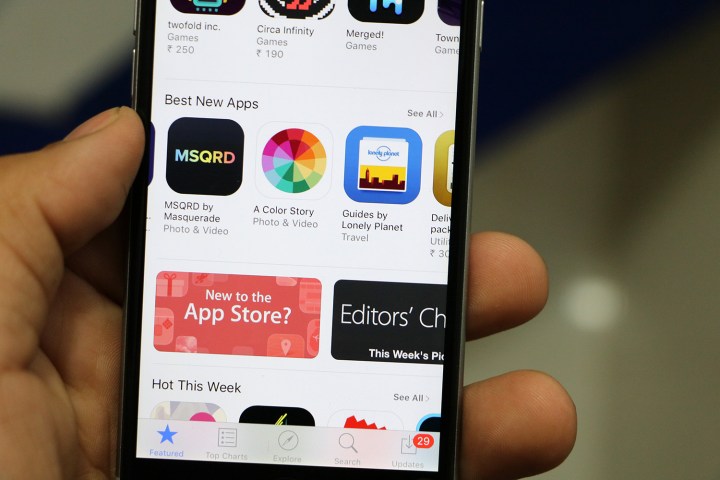
To gather the data, Sensor Tower surveyed 132 million active iPhones. Entertainment apps, which comprise the likes of Netflix, Hulu, and HBO Now, saw users spend an average $2.30 in 2016, up from $1 in 2015. While this may seem like small potatoes compared to the $27 dropped on games last year, it does demonstrate that publishers are finding success with in-app purchases. Sensor Tower notes that since Netflix began taking payment through the App Store in 2015, the revenue the streaming giant has generated via Apple’s storefront has risen from roughly $7.9 million in that first year to more than $58 million.
Entertainment’s growth was mirrored in just about every other category, though not quite to the same extent. Games’ $27 average was an increase from $25, Music rose to $3.60 from $3.40, Social Networking jumped from $1.80 to $2 and Photo and Video apps saw a 40-cent bump to $ 70 cents. In total, iPhone users spent an extra $5 on apps last year compared to 2015, for an average of $40, mostly due to in-app subscriptions from prominent apps like YouTube and Tinder.
Interestingly, while revenues climbed across the board, installs actually slid slightly. Sensor Tower says Social Networking apps were the hardest hit, as they received 2.3 installs on average last year, compared to 3.3 in 2015. Sensor Tower speculates in its report that some categories, such as Social Networking, see the majority of use coming from a few well-established apps, which in turn leaves little room for new contenders to break in. In other words, once iPhone owners already have the likes of Facebook, Instagram, and Snapchat on their devices, they’re not seeking out more social media platforms.



